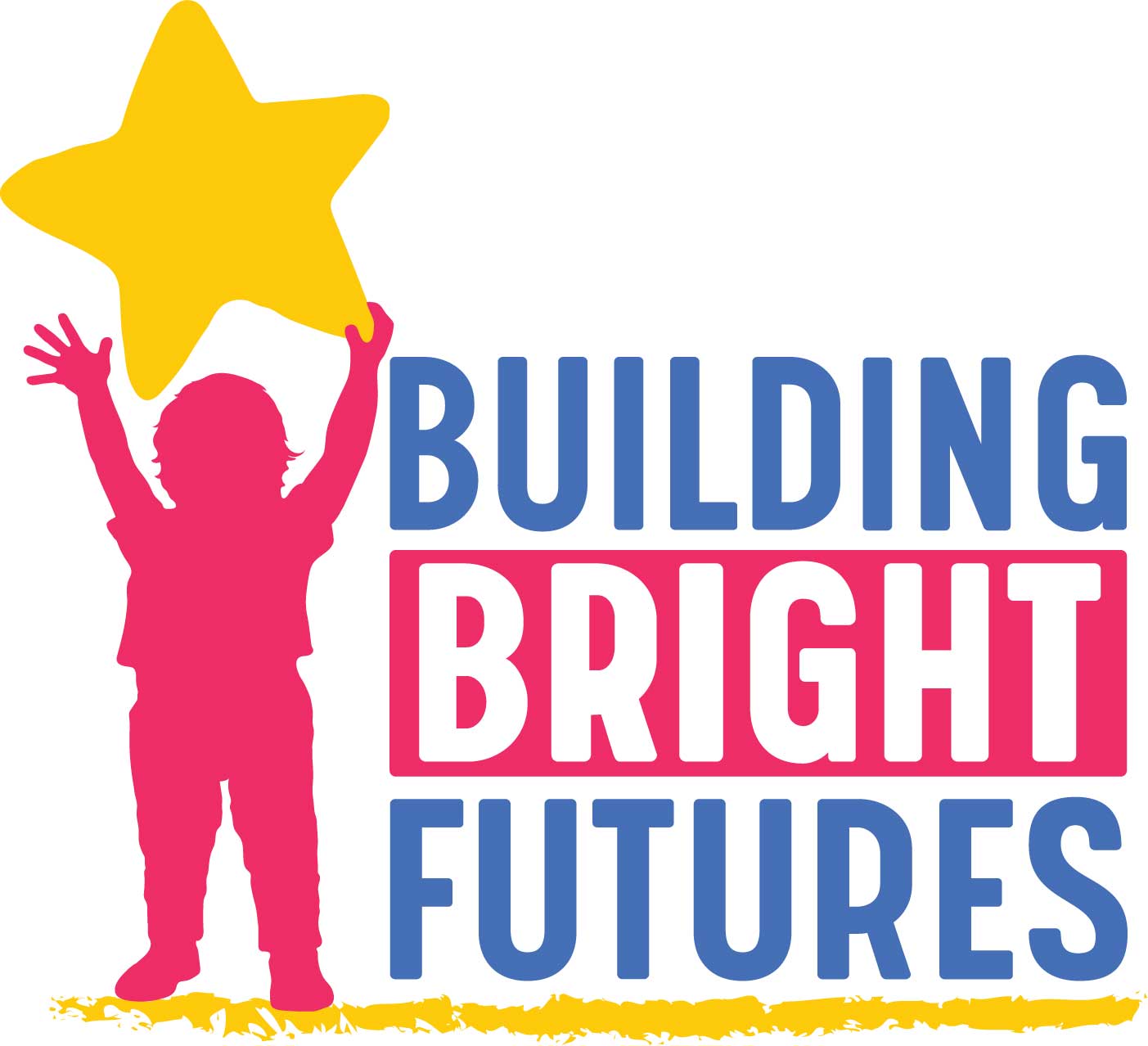This year, the data spotlight in The State of Vermont’s Children focuses on Vermont’s child welfare system. This system is in crisis.
Vermont has made progress by establishing the Office of the Child, Youth, and Family Advocate; allocating some funding to a new data system; carrying out diligent recruitment and retention efforts for foster families; and providing workforce supports and investments. However, it is clear that prompt and comprehensive action is needed for the safety and well-being of Vermont’s children, families, and Family Services Workers.
To learn more, watch this short clip from our January 2025 briefing on The State of Vermont’s Children:
Watch the videoThis data spotlight aims to spark conversation about our state’s child welfare system. It is not a comprehensive review of the system but instead touches on several key factors, including high rates of reporting of suspected child abuse and neglect, a lack of adequate foster homes, an inadequate data system, and high workforce vacancy and turnover rates. Through legislation and investment, Vermont has the opportunity to make changes that could have a significant impact on vulnerable children and families.
The spotlight shows:
- In Vermont as of September 30, 2024, there were 907 children in out-of-home protective custody, 407 children in conditional custody, and 129 family support cases. About half (449) of the children in protective custody were younger than age 9. There appears to be a downward trend in this number since 2019.
- The number of licensed foster homes (including kinship care) has declined since 2020 and has fallen below the number of children in custody for the past three years, with 795 foster homes for 907 children in custody in 2024.
- The vacancy and turnover rates for Family Service Workers have increased since the pandemic, with an 11.4% vacancy rate and a 16.1% turnover rate in 2024.
- Vermont’s rate of child abuse and neglect hotline intakes has been between 2.5 and 3 times higher than the national average, while the actual rate of child victimization consistently falls below the national average.
- Vermont’s antiquated child welfare data system was built in 1983—one of the oldest in the country. It is directly responsible for preventing Vermont from accessing all federally available dollars and results in increased federal financial penalties annually.
For more insights, watch the panel discussion from our January briefing with Mercedes King, Youth Leader from the Youth Development Program; Lauren Higbee, Deputy Advocate of Vermont’s Office of the Child, Youth and Family Advocate (OCYFA); and Lindsay Barron, Director of Policy and Planning, State of Vermont’s Department for Children and Families (DCF), Family Services Division (FSD). Thank you again to our panelists for sharing their expertise.






